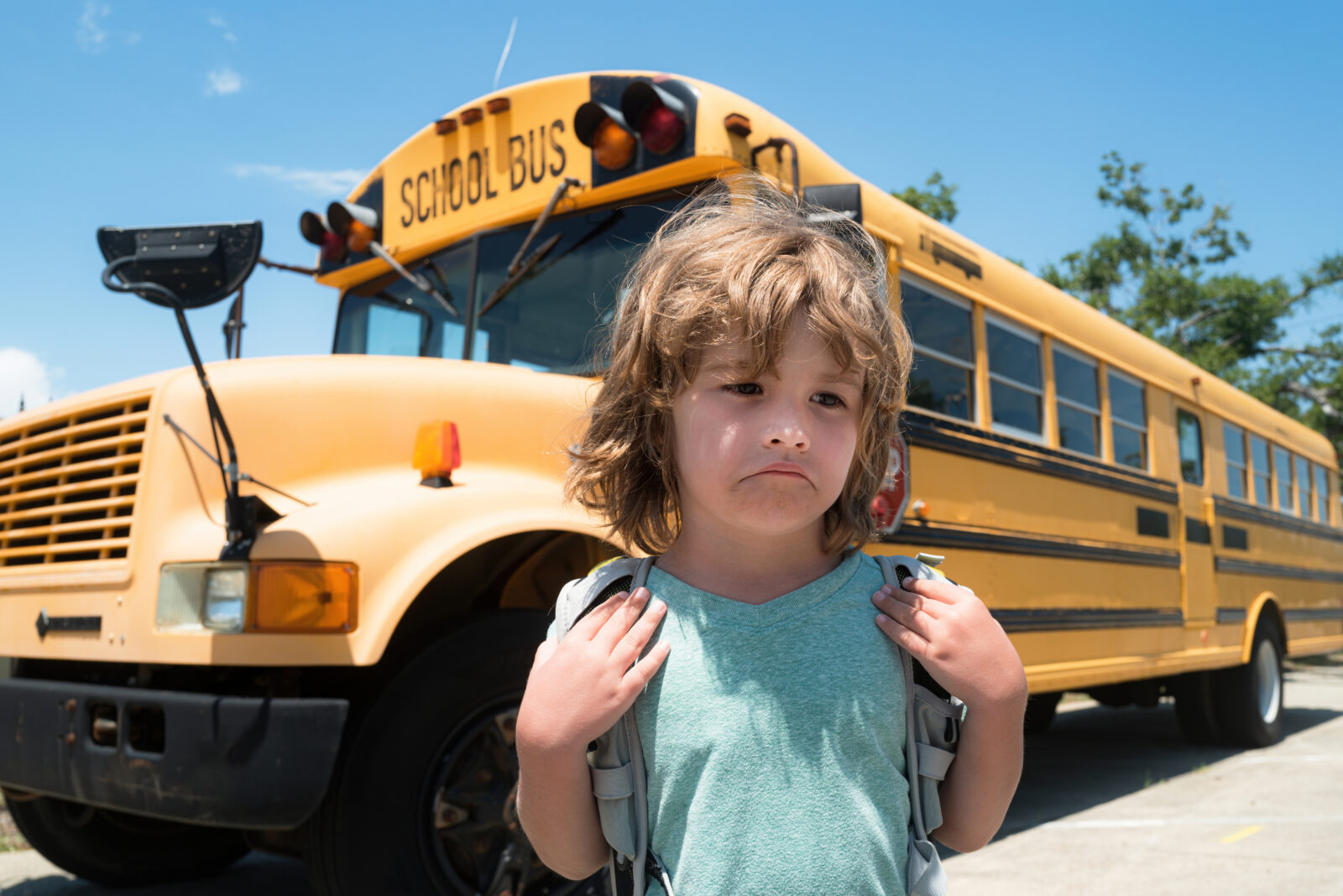Bring School Choice to the Public System
Originally published at Washington ExaminerThis year has already been dubbed the “year of universal educational choice,” with the total number of states with universal or near-universal educational freedom laws climbing to eight, with a ninth state positioned to join the ranks soon.
There is a clear trend line toward universal educational freedom. Arizona set the stage in 2022 by becoming the first state to implement universal educational freedom. This milestone was preceded by a 2021 legislative season that boasted 18 states enacting new or significantly expanding educational choice laws, including education savings accounts, private school vouchers, and tax-credit scholarships.
These various educational choice programs range from allowing qualifying students access to funds for private school tuition to providing all students statewide with funds that can be spent on a wide variety of educational expenses — school tuition and fees, homeschool costs, virtual schooling, curriculum materials, tutoring, standardized test fees, and educational technology.
Despite this tremendous progress in empowering a growing number of parents with the freedom to move their children outside of the public education system, expanding options within public education often remains extremely limited. Students are typically mandated to attend a specific school based solely on their home address, making their options often limited by their family’s income. The public school available to them is determined by geographic boundary lines, with no consideration of a school’s curricular and co-curricular offerings, safety, or academic quality.
Let’s keep the educational choice wave rolling, extending it to all families nationwide, both within and outside the K-12 public education system — empowering all parents with educational freedom for their children.
Keri D. Ingraham
Consider the Old Town neighborhood of Chicago as an example of the effect of these school attendance zones. Here, two public elementary schools a mere mile apart and in the same school district have drastically different education performance levels. According to the Illinois Report Card put out by the Illinois State Board of Education, 27.6% of students are not proficient in language arts at Lincoln Elementary School, while 96.9% of students at Manierre Elementary School are not. Due to geographic boundary lines, families are restricted from sending their children to a local elementary school with far better student learning outcomes.
This strict limitation on the availability of government services based on geography does not apply to other government services, such as public hospitals, parks, libraries, and pools. People can utilize any of these within a large geographical area, regardless of their home address. Why should K-12 public education be different? Why limit a family’s options when this taxpayer-funded service can have such a critical role in shaping the development and setting the trajectory of the lives of children?
In both preschool and higher education, individuals have the power to find the educational option that works best for them. But the 13 years sandwiched in the middle are largely restricted to a single school assignment.
Those without access to education reform programs, and those who can’t move to a different neighborhood, homeschool their children, or afford private school tuition, remain shackled to a system or a specific school regardless of a student’s unique needs. Lawmakers would be wise to pass legislation that allows for both intra- and inter-district (also referred to as cross-district) K-12 public school enrollment, known as open enrollment. In other words, state laws should grant families the ability to select the public school of their choice, whether within their existing assigned school district or outside of it. According to an April 2023 poll, the majority of both Democrat and Republican voters — at 68% and 70% respectively — favor K-12 public school cross-district enrollment. When it comes to school parents, an even greater number, 76%, support open enrollment.
Let’s keep the educational choice wave rolling, extending it to all families nationwide, both within and outside the K-12 public education system — empowering all parents with educational freedom for their children.
